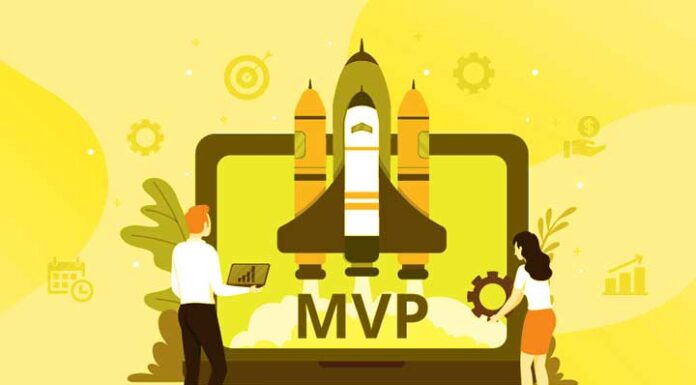Latest statistics show that 90% of startups fail. If you are a founder, a Minimum Viable Product (MVP) can help you validate your business ideas with minimal resources. You can quickly gather feedback from early adopters before launching a full-pledge product.
In this post, S-PRO will review the five essential steps of MVP development based on our experience working with businesses across industries. Keep reading to make your MVP development efficient and fruitful.
Step 1: Product Discovery
Product discovery helps you define your business idea and the core problem of the target audience you aim to solve. In this phase, you conduct market research to analyze market trends and customer needs. After that, you can define your unique value proposition (UVP) and articulate clearly how your product solves specific pain points.
You need to create user personas. These detailed profiles of your target audience help you better understand their behaviors and challenges. Finally, you set your product goals to solve a core problem with minimal features.
Tools to Use in Product Discovery:
- Google Trends
- Customer interviews
- Competitive analysis frameworks (e.g., SWOT analysis)
Outcome: A clear product vision, a defined target audience, and a list of core features for your MVP.
Step 2: Ideation and Feature Prioritization
Now, you can brainstorm ideas and prioritize your MVP features. List all potential features your product can have. You can use the MoSCoW framework (Must Have, Should Have, Could Have, Won’t Have) or AI feature recommendations.
Once you’ve prioritized the features, write user stories to show how your audience will use them. Then, create a roadmap to plan your MVP development step by step.
Tools to Use in Feature Prioritization:
- MoSCoW method
- User story mapping tools
- Trello or Jira for product roadmapping
Outcome: A list of prioritized features.
Also Read: Understand What Technology Has To Offer Your Business
Step 3: Design and Prototyping
This step involves creating wireframes and interactive prototypes to visualize the product. Sketch the basic layout and structure of your MVP, then create detailed mockups to show its appearance.
Use Figma or InVision to make clickable prototypes for user testing. Test with users to get feedback and improve the design.
Tools to Use:
- Figma
- Sketch
- InVision
- Adobe XD
Outcome: A validated design prototype that reflects the core functionality and user experience of your MVP.
Step 4: Development and Testing
This phase involves writing code and conducting rigorous testing. You need to choose the right tech stack based on your product requirements and build core features identified during the prioritization phase.
Then, conduct unit and integration testing to ensure your MVP works as expected. Finally, perform user acceptance testing (UAT), allowing target users to test the product and provide feedback.
Tools to Use in Development and Testing:
- GitHub or GitLab for version control
- Selenium or Cypress for automated testing
- Postman for API testing
Outcome: A functional MVP ready for launch, with essential features implemented and thoroughly tested.
Step 5: Launch and Feedback Collection
This is the final step in developing your MVP. You release your MVP and start collecting feedback from real users. This helps verify your ideas and highlight areas for improvement.
- Launch Your MVP: Release your MVP to a select group or a larger audience, depending on your plan.
- Track Metrics: Monitor user engagement and conversion rates.
- Gather Feedback: Use surveys and analytics to collect user input.
- Improve Your MVP: Refine your MVP based on the feedback.
Tools to Use in Launch and Feedback Collection:
- Google Analytics
- Hotjar for user behavior tracking
- Typeform or SurveyMonkey for feedback collection
Outcome: A validated MVP with actionable insights for further development.
To Conclude
MVP development helps you launch a product with minimal risk. Following the five steps in this post, you can validate and refine your idea before building a complete product. Partnering with a trusted team like S-PRO can help ensure long-term success.
Ready to build your MVP? Contact us to turn your idea into reality.
Also Read: Boosting Productivity And Security: Lockdown Devices For Business Purposes


